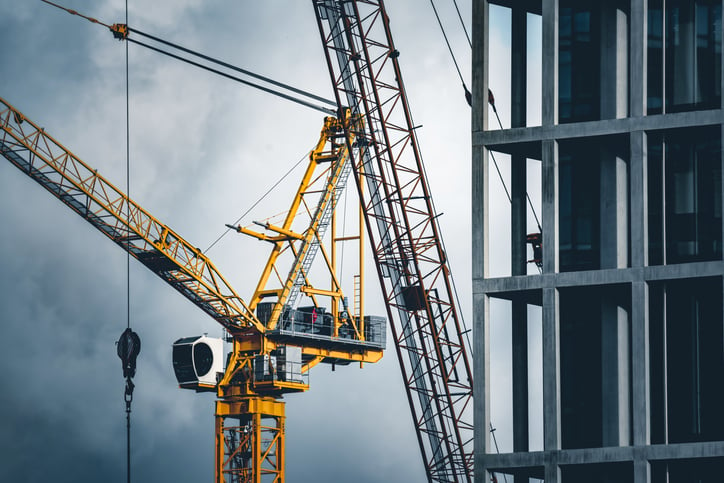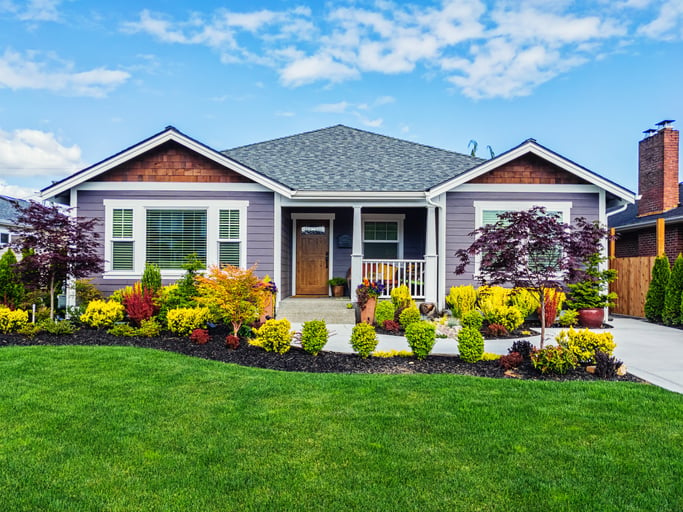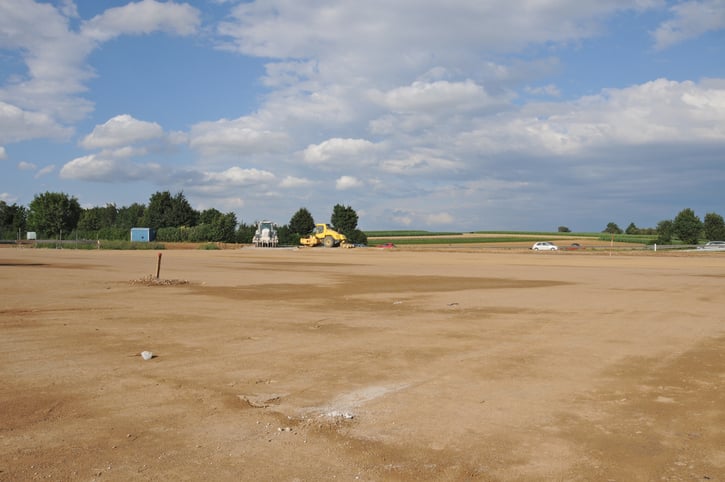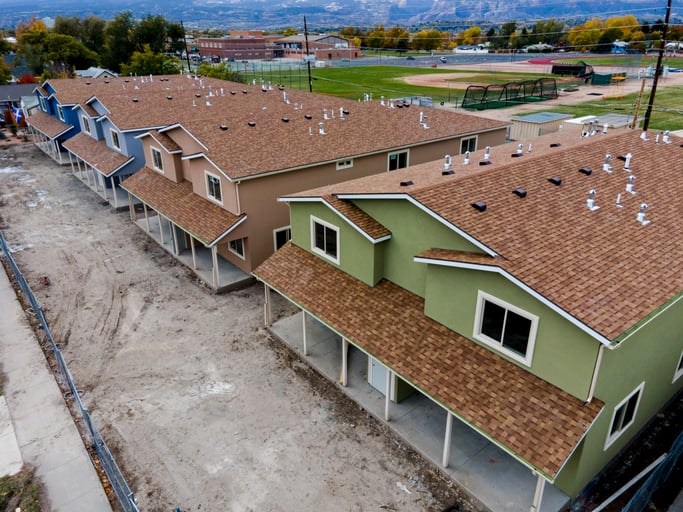
Editorial Note: This article was brought to you courtesy of Rose Morrison, managing editor of Renovated.com.
The housing affordability crisis has been growing for a number of years. To address this issue, many people have said the country needs to build more houses — not affordable homes, but more houses in general.
Many experts agree increasing the housing supply in pertinent areas with rising housing costs is crucial. However, this solution alone won’t solve the country’s housing affordability problems.
Several issues beyond this don't make building more homes a one-size-fits-all solution. Various factors come into play, so here is a further look.
1. New Housing Targets Younger, Affluent Individuals
You would assume there would be more development where demand is highest — however, that’s not the case.
Some cities like Houston have strong housing demand and somewhat affordable housing. Yet, people moving to this area aren’t wealthy enough to spend $2,000-$3,000 per month in rent. Most are in the working-class level looking for single-family homes or apartments, but Houston isn’t building much at all.
On the other hand, Seattle’s market is booming from the high-tech sector, drawing in young, single tech-skilled people earning over six figures. However, most of the homes in Seattle are high-rise towers or mid-rise buildings. The average rent is around $2,000 for a one-bedroom apartment, so why is it still expensive to rent housing?

Because development can’t keep up with the pace of the explosive job growth. Therefore, people who get higher-paying jobs in Seattle aren’t finding as many places to live. Even if you do create more supply, this proposes the idea that more housing will filter out expensive ones.
Suppose you build a new house and have a family who purchases it. Their old house would now cost slightly less, which would keep moving down the chain and so forth. However, these people are looking for homes large enough for families and the homes you see in cities like Seattle are geared toward affluent individuals. In short, the houses aren’t meeting their needs.
2. Renters Have Low Incomes
Part of the issue why the country faces affordable housing options isn’t because there’s a shortage of rentals. In actuality, people lack the income to pay for what’s on the market today.
One of the standards for budgeting rent is limiting those monthly payments to 30% of the tenant’s income. However, research shows 40% of rental residents are paying rent exceeding 35% of their income.
Approximately 10.9 million Americans spent 50% of their income on rent in 2018 — some making just $15,000 a year. In fact, 72% of renters making less than that amount were spending half of their annual paycheck on rent.
According to Bookings analysis, 44% of Americans between 18 and 64 make low wages, estimating their median income to be $18,000.
For households making $18,000, their rent should cost $450 per month at most. However, a report from Redfin shows the median rent is $2,002 in the U.S. Therefore, finding a home to rent for less than $450 is hard to come by and forces low-income renters into homes way over their budget.
3. Developers Can’t Find Sites To Build On
Another factor is that some cities — such as San Francisco — don’t have any buildable sites. Even if developers find a place, it’s still too expensive.

Plus, houses are already squeezing in together and if a developer does find a buildable site, they’d have to demolish buildings and prepare it. Projects like these can cost millions before breaking ground.
Aside from the costs of developing more housing, suppose a developer bought a few homes to build a condo. If you factor in costs for acquisition, demolition and transaction fees, the condo units would still cost more to buy compared to the larger, more affordable homes.
Additionally, densifying urban areas doesn’t make much sense in these scenarios since it doesn’t offset the impacts of expensive homes or working-class jobs.
4. Smaller, Affordable Houses Are Expensive To Build
With the shortage of affordable homes, you might wonder why developers aren’t building smaller homes. Wouldn’t that solve the high demand for affordable housing? Not exactly.
Between the inflation costs and shortage of building materials due to the pandemic, construction costs have risen. According to the Producer Price Index report by the U.S. Bureau of Labor Statistics, construction prices have increased 19.2% yearly since June 2021.

Of course, it may be more economical to build a smaller home. However, the affordability wouldn’t improve since the median home price was $416,000 in June. Because everything costs more — land, supplies and labor — profit margins would be higher for building a larger home than a small one.
Some experts predict a housing bubble will cause growth to slow down and decrease prices. Yet, even if home prices fell by 15%, this drop doesn’t make up for what has happened within the last few years.
When you build more homes, inflation is still a primary concern since most people fall within the working-class category.
5. Builders Don’t Have Buyers
Another problem is a wave of new homes has hit the market, but they’re not selling. Demand has slowed so much that builders have homes to sell and find themselves without buyers.
In theory, the slowdown could continue if developers cave in and drop prices, resulting in a cut on land development. Yet, builders will be behind when the housing market does speed back up and families will still find themselves clamoring to look for a home.

Builders are also uncertain about what the future holds, so now they are looking project by project to see which ones they should pause. That is another issue entirely.
In fewer terms, you have too many homes but not enough buyers. From a long-term perspective, this would be challenging on the opposite end of the spectrum. People will want houses, but there are not enough of them. This factor significantly contributes to the affordability problem when you have failed to keep up with demand.
The Federal Reserve also works to cut down inflation by increasing interest rates, causing construction to pull back. That makes housing even more expensive because policymakers are focused on the current cost-of-living crisis, making the housing crisis worse.
Because the housing market has responded so quickly to these actions, this forces builders to borrow more money to build homes. Then they sell them to buyers who borrow most of the home’s cost. Banks have to raise monthly borrowing rates in turn, causing both parties to pause.
What Is a Viable Solution to the Housing Affordability Crisis?
Are there any solutions to the problems the U.S. is facing with affordable housing? There are quite a few possibilities to take a look at below.
1. Subsidizing Rent
People renting an apartment should make 40 times what rent costs annually. Since 44% of Americans have low incomes, covering the difference between what they can afford and the total cost of housing would help.
 The U.S. has already designed a program helping people afford housing with vouchers. The Housing Choice Voucher program has recipients pay the standard 30% of their income while covering the leftover balance.
The U.S. has already designed a program helping people afford housing with vouchers. The Housing Choice Voucher program has recipients pay the standard 30% of their income while covering the leftover balance.
Some landlords are unfortunately reluctant to accept tenants who use these vouchers, but the program still makes a significant difference for those receiving them. It is currently helping millions of households for those that were eligible.
2. Upzoning Suburbs
Rezoning advocates need to look for the right places in cities developing new homes. Currently, urban areas have more zoning options than the suburbs. These diverse zoning areas have permitted large numbers of apartments while developers can build single-family homes on smaller lots.

Housing advocates and politicians have promoted rezoning in cities since that’s where most of them live. Yet, many are missing the mark when it comes to zoning — they should consider looking at the cities’ suburbs.
However, most suburban areas have allowed zoning for commercial or industrial uses way beyond the need for demand.
While it’s politically challenging to act on suburban zoning, mayors and councils must be more serious about increasing affordable housing. This will then make it possible for developers to build in these areas.
3. Providing Incentives and Subsidies
There’s still the problem of costly materials and financing even if builders were legally allowed to start construction. With the expectation of private companies remaining in business during economic downturns, this risks financial ruin. Therefore, they need some way to get a return on their investment.
One solution would be to have the government provide housing to counteract the supply cycle. If the government could assist in housing development, this would give the boost America needs to build affordable houses.
On the other hand, it would make sense for the government to help families with rising costs by offering a loan program for first-time home buyers. But unless it builds new houses or creates incentives for builders, the housing shortage will continue to combat against the building industry.
Moving Forward Through the Good and Bad Times
Overall, the primary solution that wins is politics. It’s no secret the U.S. doesn’t have enough housing people can afford. However, it’s up to builders to keep building, whether in an economic downturn or not.
This is a guest post written by Rose Morrison, managing editor of Renovated.com